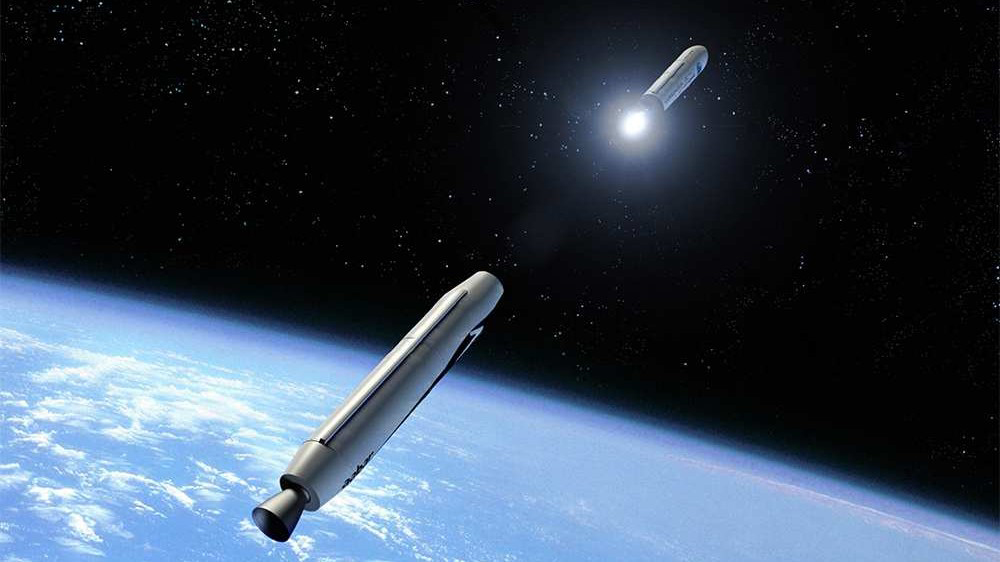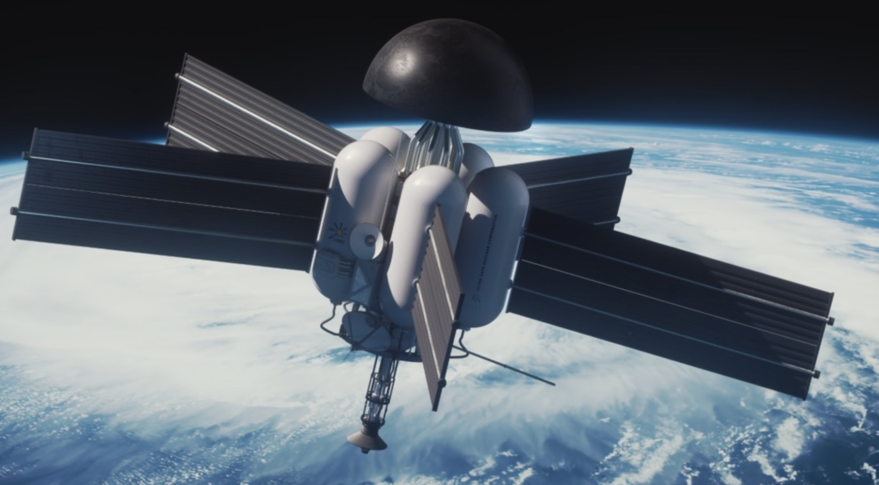The US military issued two contracts for the development of nuclear space propulsion for spacecraft with the aim of creating the first working prototypes by 2027. The Pentagon’s Defense Innovation division, which uses commercial technologies to solve military tasks, has issued contracts with Avalanche Energy and Ultra Safe Nuclear, located in Seattle, Washington.

“Advanced nuclear technologies will provide speed, power and quickness to maintain an operational advantage in space,” said Major Ryan Weed, head of the Nuclear Advanced Propulsion and Power program at the Pentagon.
The firms will provide propulsion that allow small spacecraft to maneuver in circumlunar space and allow them to carry large payloads to support the expansion of the Ministry of Defense space missions. It is assumed that these propulsion will allow in the future to organize the transportation of cargoes between the Earth and the Moon.
Projects from Avalanche Energy and Ultra Safe Nuclear
Ultra Safe Nuclear is developing a next-generation radioisotope battery (RTG) that uses the decay of radioactive isotopes such as americium-241 or plutonium-238 to generate electricity. Similar technologies provided electricity for NASA’s deep space exploration missions, such as Voyager, Cassini and New Horizons. It is expected that Ultra Safe Nuclear technology can provide 10 times more power than existing radioisotope systems and provide more than 1 million kilowatt-hours (kWh) of energy from several kilograms of fuel.

Meanwhile, Avalanche Energy is developing a compact fusion reactor called Orbitron. Fusion is the same thermonuclear reaction that occurs in the Sun, where hydrogen atoms are compressed together under enormous pressure to form helium atoms. This releases more energy than traditional nuclear fission with a chain reaction at existing nuclear power plants on Earth.
Nuclear installations as the basis for propulsion
If successful, either Orbitron or a radioisotope battery from Ultra Safe Nuclear will be able to power a nuclear spacecraft for a long time. The use of nuclear rather than solar or other energy sources can allow such devices to be more efficient, longer and in the absence of sunlight.
Orbitron can also serve as the basis for the power plant of the spacecraft. Instead of just generating electricity, a nuclear reactor can additionally generate thrust by heating fuel, like liquid hydrogen, which will then be ejected from the engine under high pressure, producing the same high thrust, which will be twice as efficient as that of classical chemical rockets.
Not only the US military is interested in nuclear power plants. In 2021, NASA, in partnership with the US Department of Energy, also issued contracts with several companies, including Ultra Safe Nuclear Technologies, to research nuclear propulsion technologies.
According to Defense Innovation Unit
Follow us on Twitter to get the most interesting space news in time
https://twitter.com/ust_magazine

